Do you have a question about the Mercedes-Benz 2000 C-Class and is the answer not in the manual?
Explanation of the vehicle's primary gauges like speedometer and tachometer.
Identification of various warning and indicator lamps on the cluster.
Symbols and meanings of standard warning lamps for vehicle systems.
Guidelines for safe and effective use of the vehicle's braking system.
Importance of tire tread depth and traction on different surfaces.
Advice on handling wet roads and winter driving conditions.
Features and use of the primary electronic keys.
Using the remote control for locking and unlocking doors.
Different modes for unlocking the vehicle via remote.
Steps for locking the vehicle using the remote control.
How to open and close the vehicle's trunk lid.
Using the door lock buttons from inside and outside.
Using the central locking switch and its automatic features.
How to operate the vehicle's power windows.
Controls and procedures for the sliding/pop-up roof.
Laws and recommendations for seat belt use.
Introduction to airbags and their role as a supplemental restraint.
Conditions for deployment of front driver and passenger airbags.
Conditions for deployment of side impact airbags.
Guidelines for loading cargo to ensure vehicle stability and safety.
Checking fluid levels, charging, and connecting/disconnecting the battery.
Guidelines for towing the vehicle with wheels on the ground.
Requirements for premium unleaded gasoline and octane ratings.
Coolant composition for freeze and corrosion protection.
| Brand | Mercedes-Benz |
|---|---|
| Model | 2000 C-Class |
| Category | Automobile |
| Language | English |
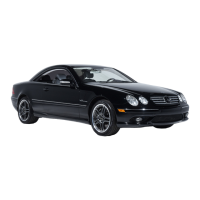
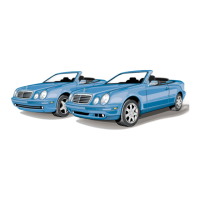
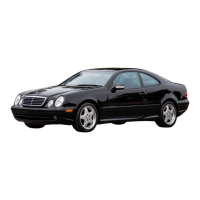
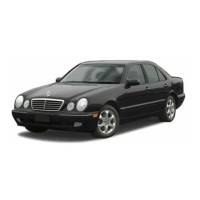


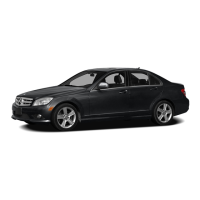
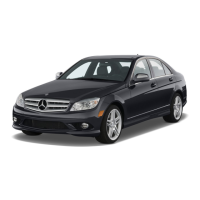

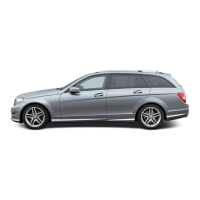
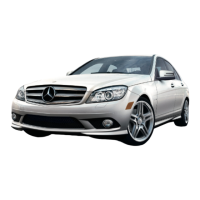

